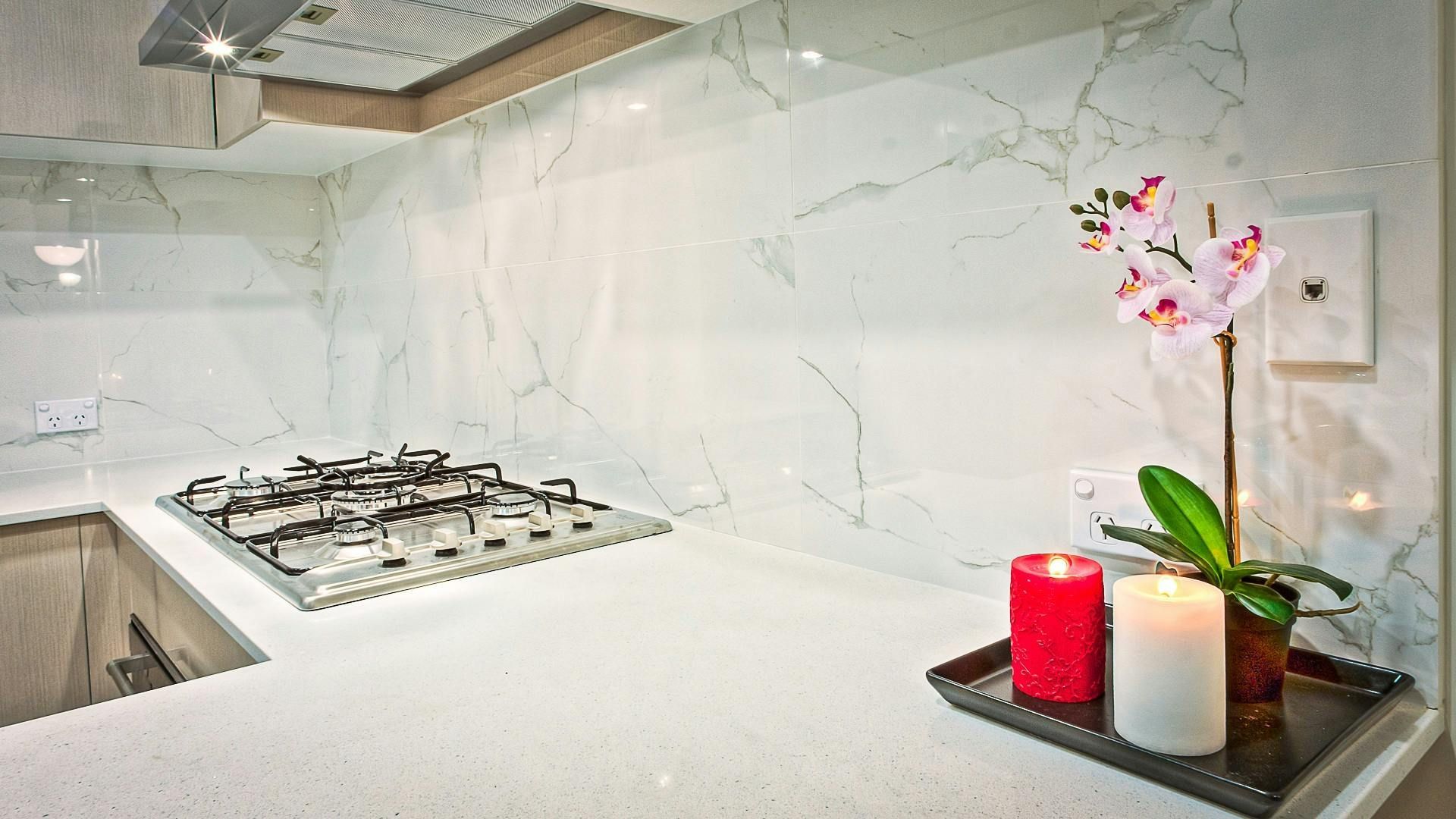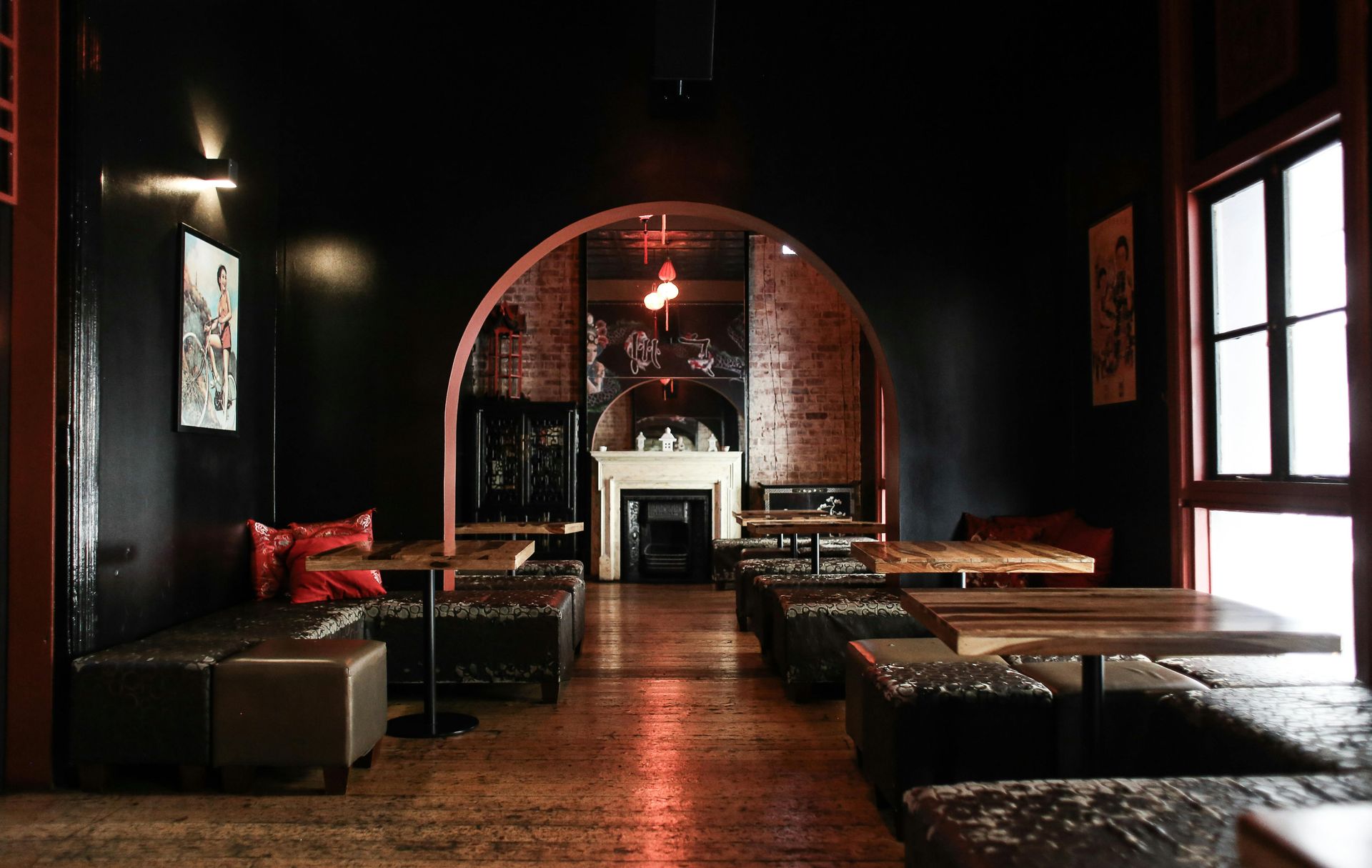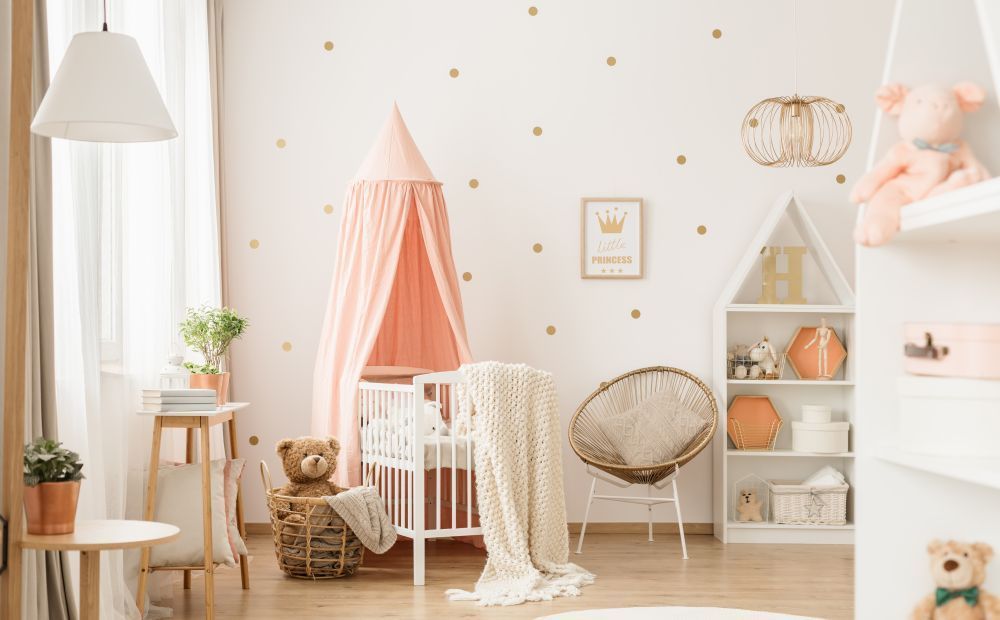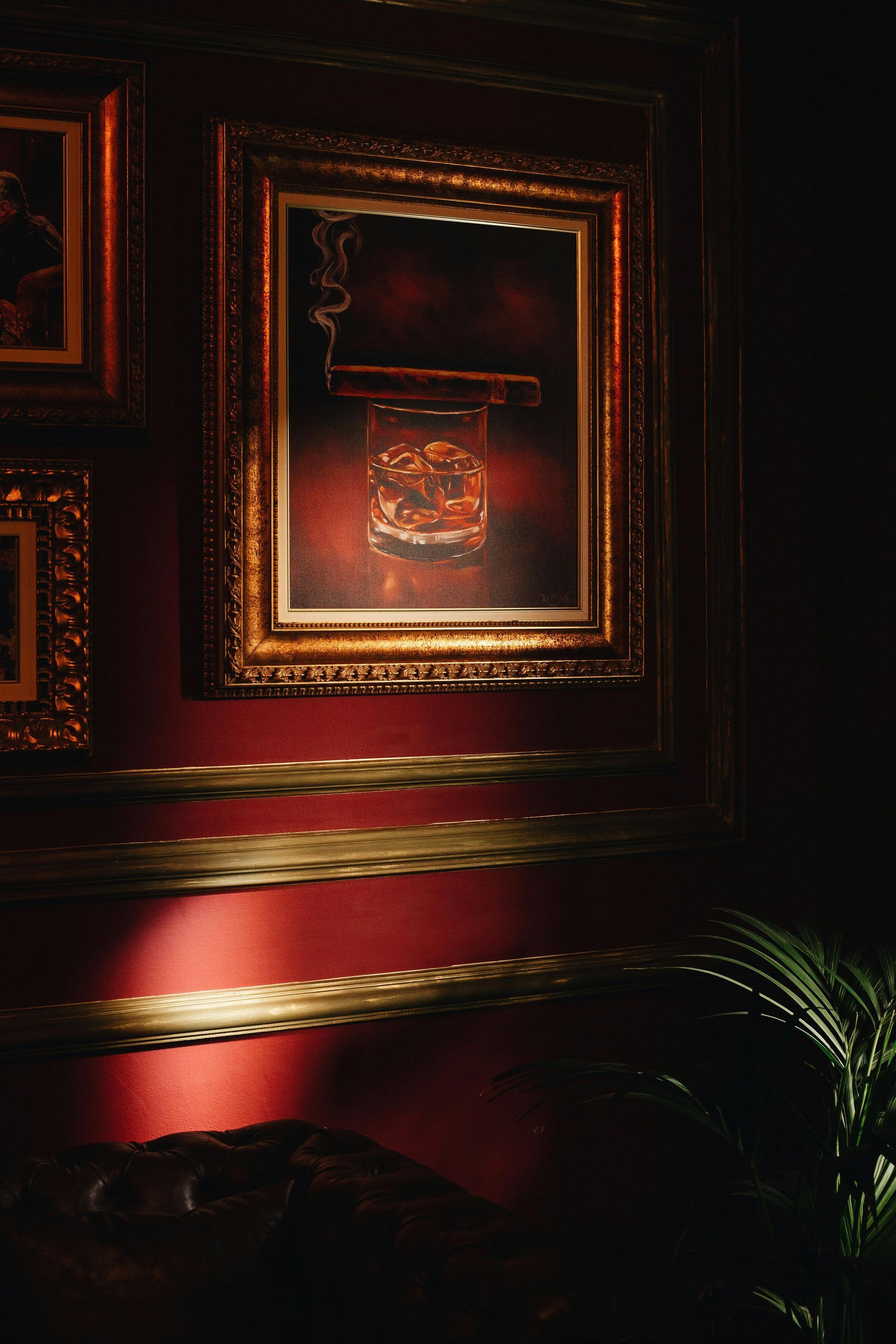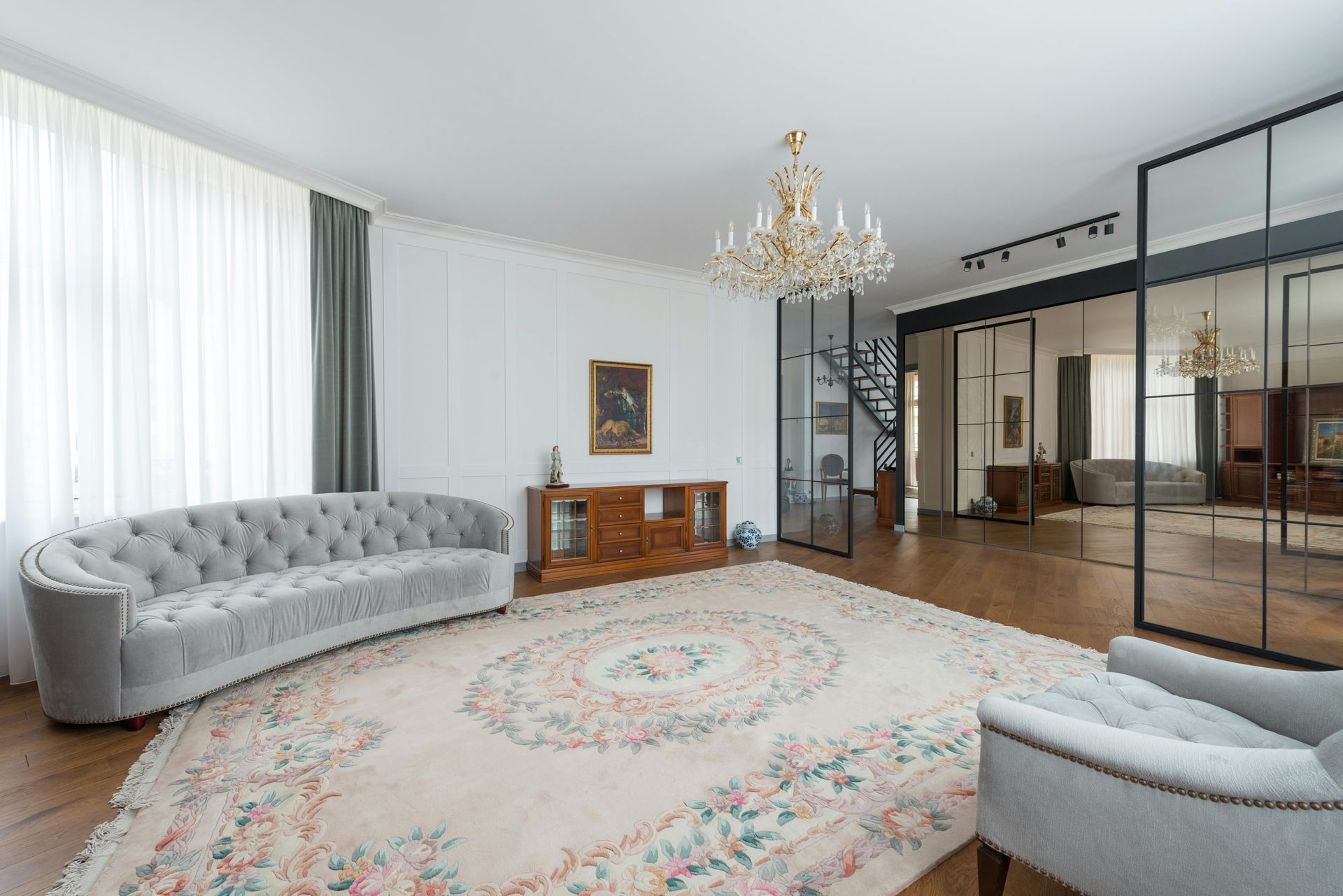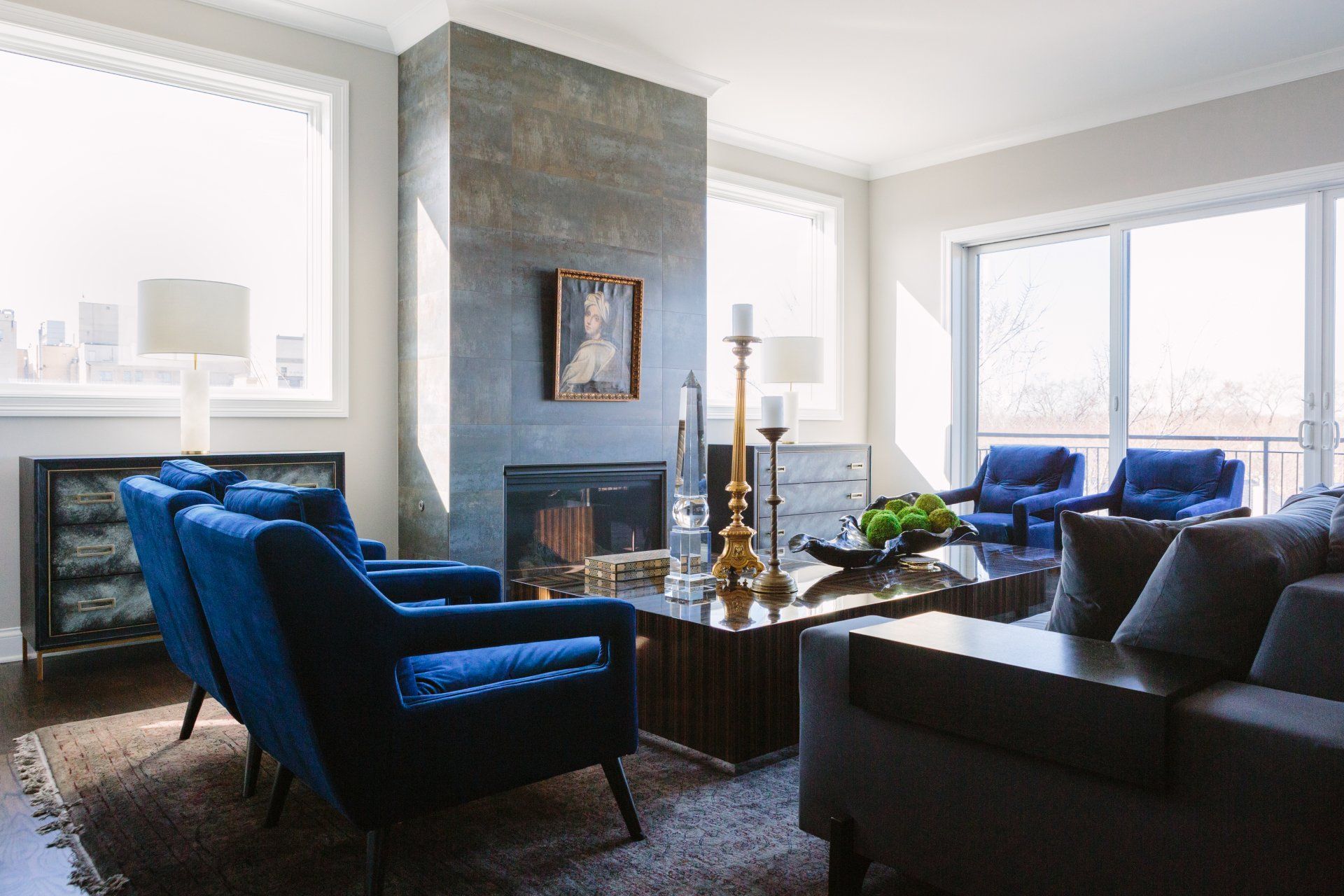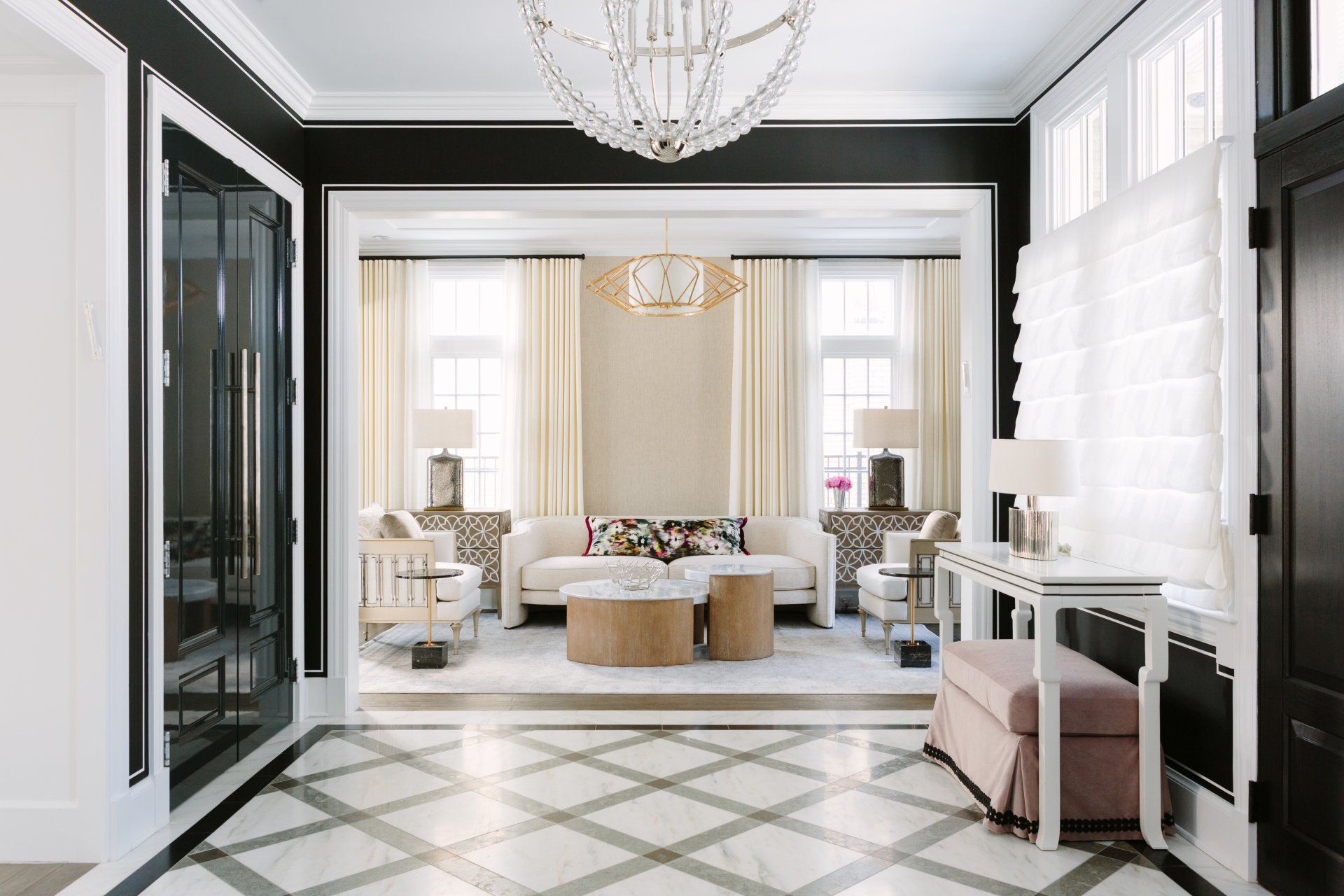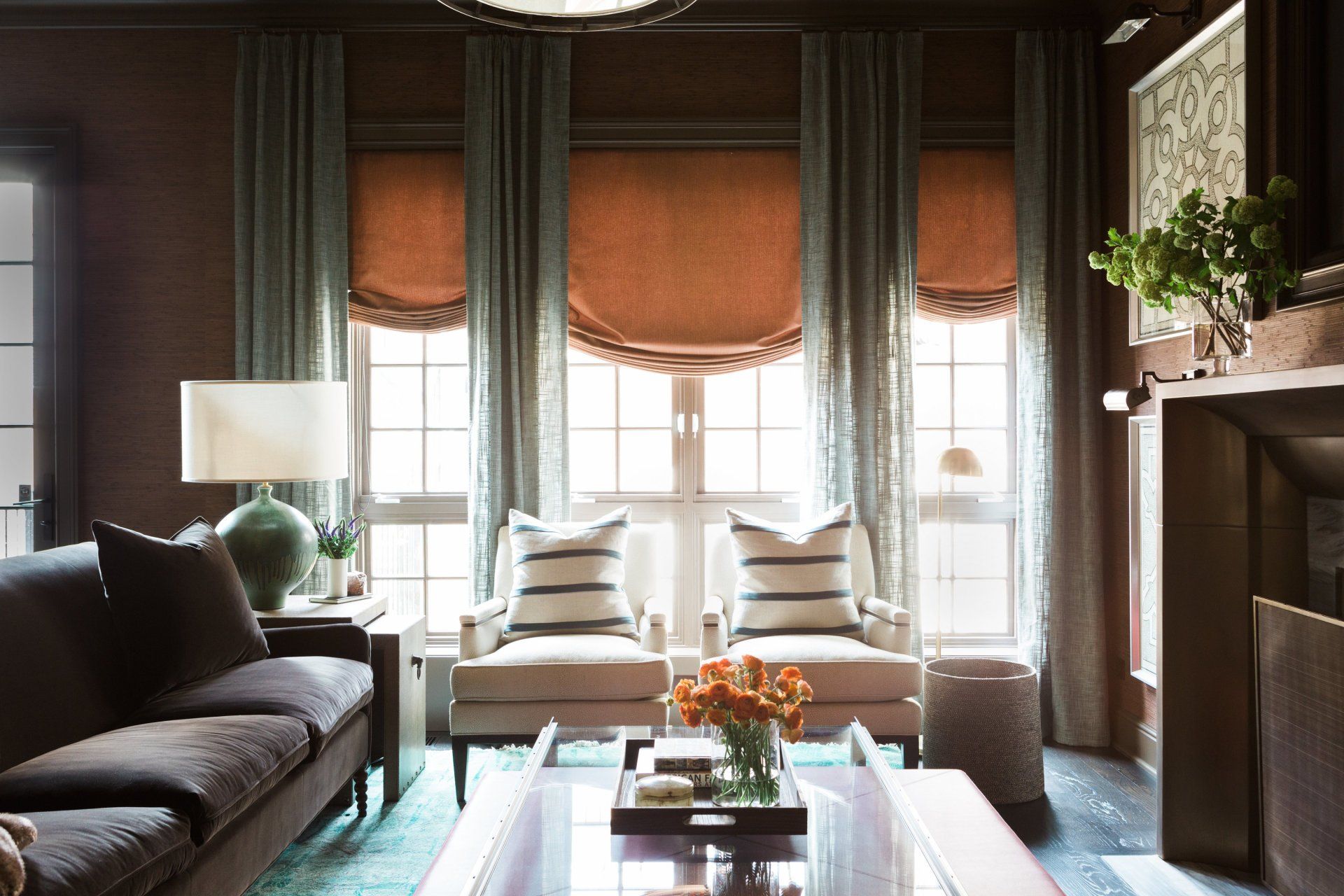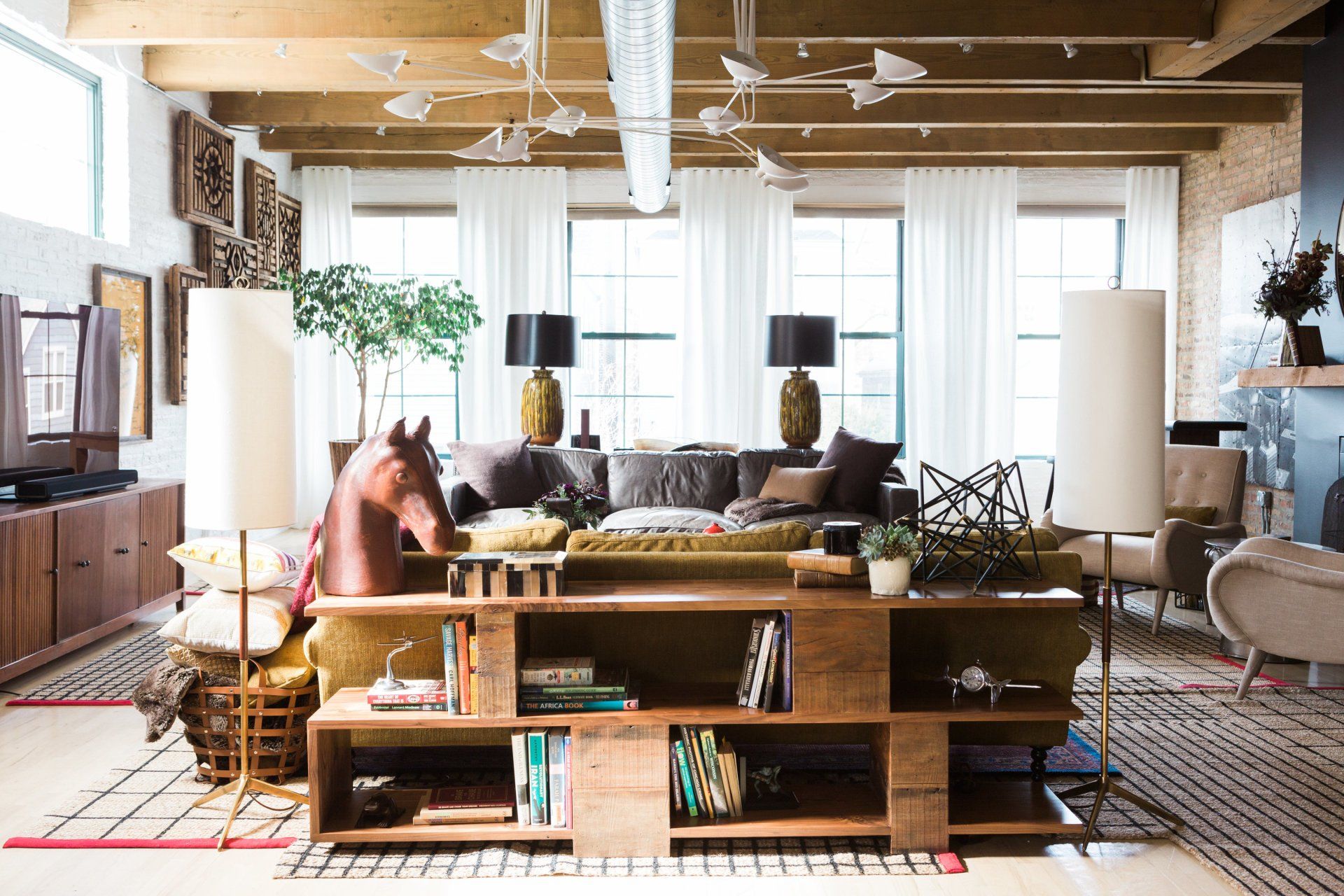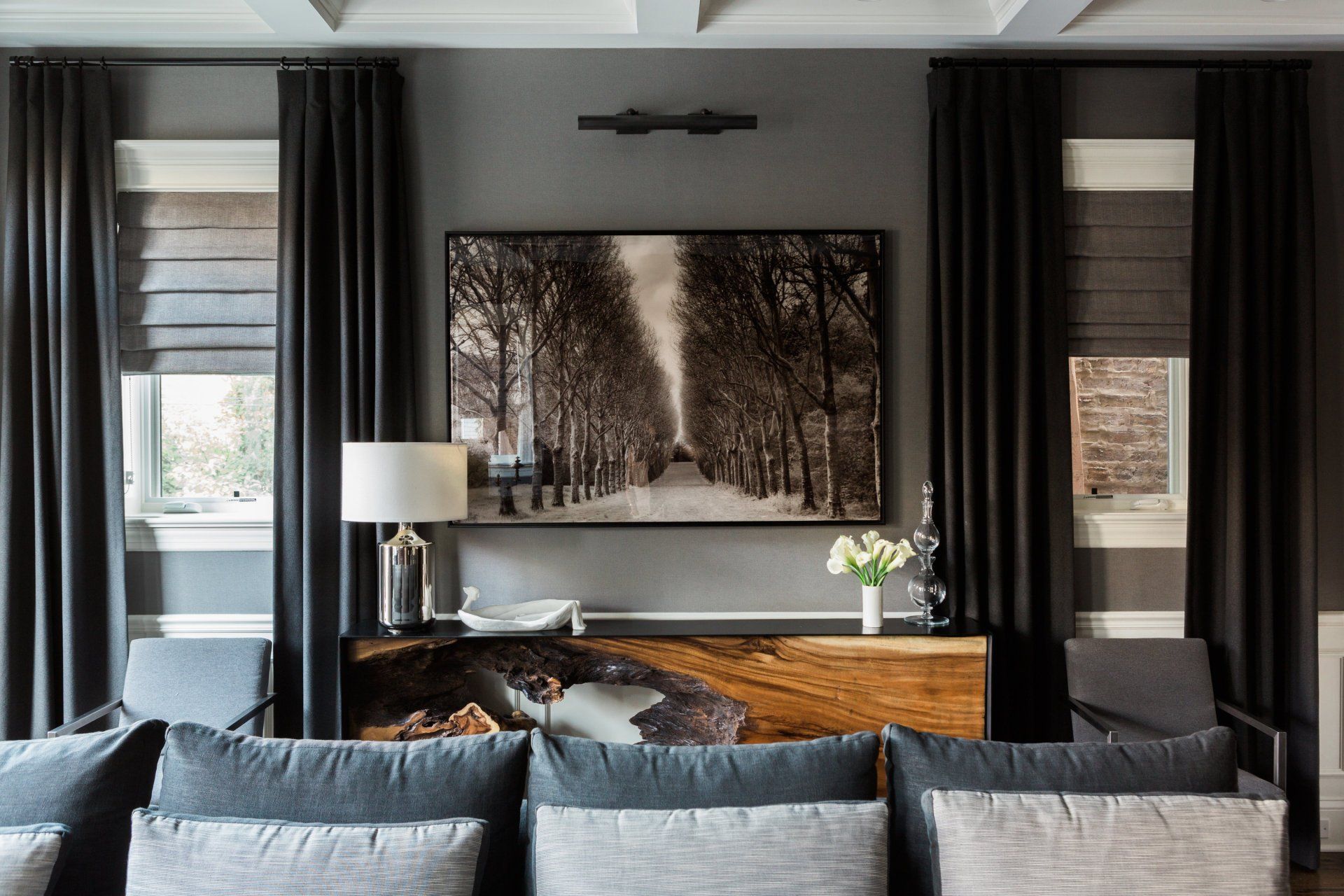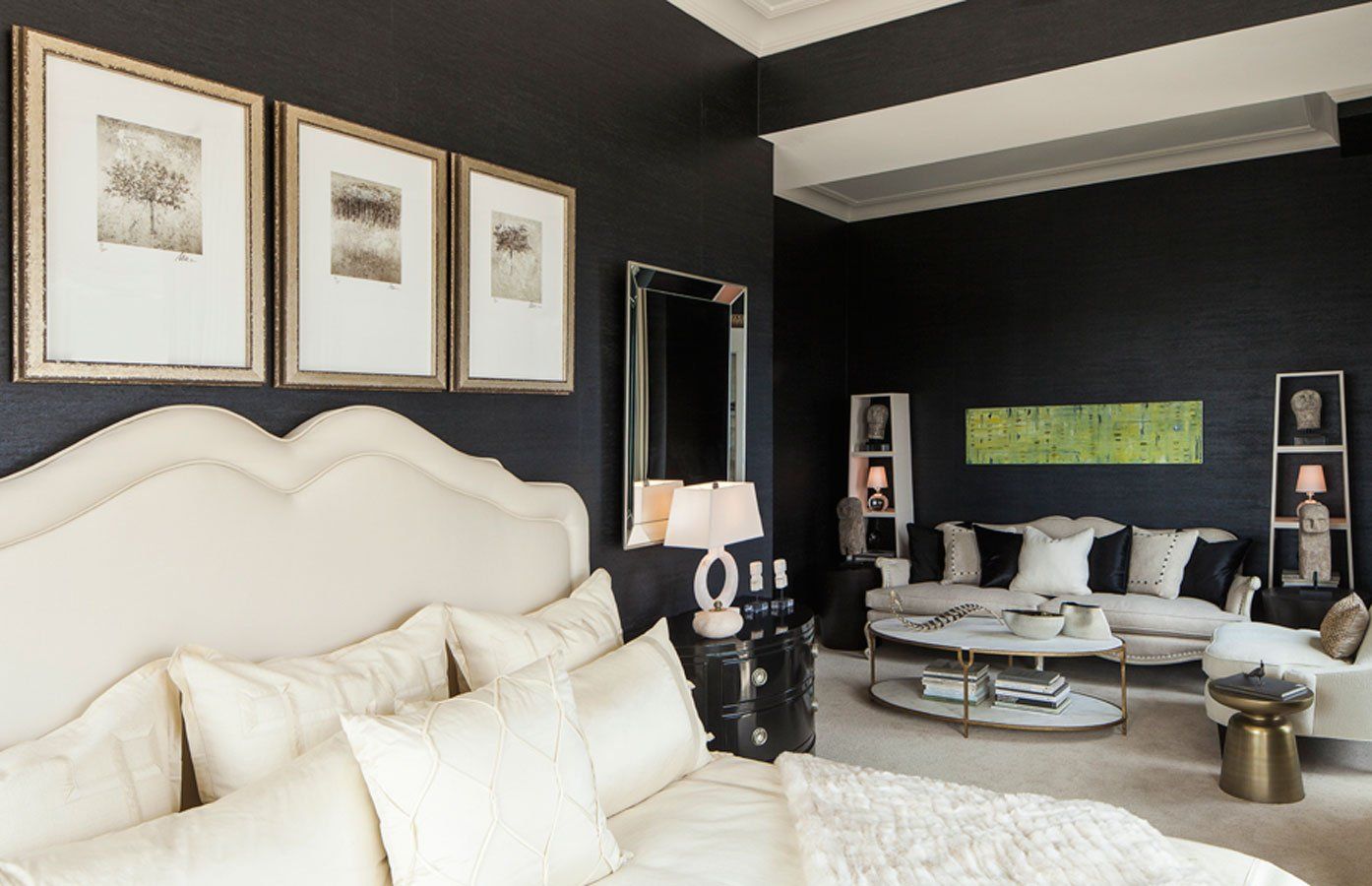Eco-friendly Design - Navigating Sustainability in Interiors
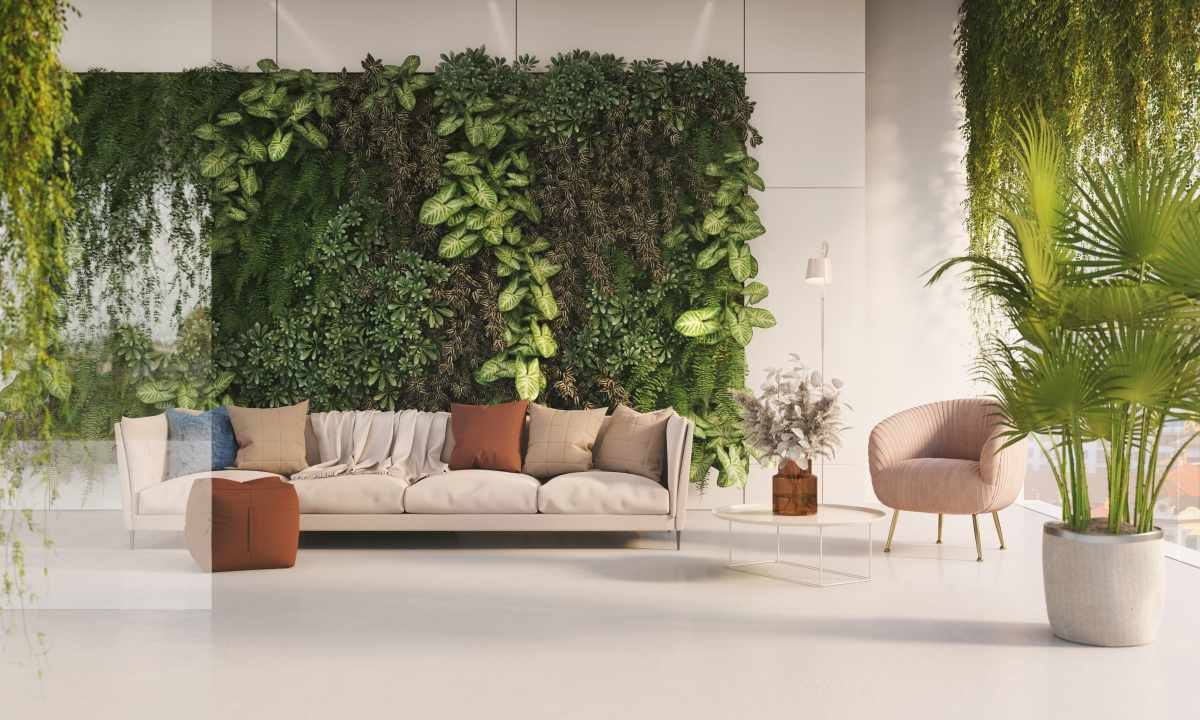
Imagine stepping into a space where every element whispers harmony with nature - from the sunlight filtering through sustainably sourced curtains to the gentle hum of energy-efficient lighting. Eco-friendly design in interiors goes beyond aesthetics; it's a commitment to a sustainable future that resonates in every corner of your living or working environment. With over three decades of experience, Anthony Michael Interior Design has been at the forefront of creating sustainable and stylish spaces. Their expertise extends beyond residences to specialty restaurants, retail spaces, yachts, and private aircraft. Their design philosophy is rooted in the belief that interior design should be visually appealing and environmentally conscious. This commitment to sustainability is reflected in their choice of materials, their innovative use of energy-efficient lighting, and their incorporation of biophilic design elements. Learn more.
Importance of Eco-Friendly Design
Embracing eco-friendly design in interior spaces is crucial for creating sustainable and healthy environments that benefit both people and the planet. Green building practices focus on reducing environmental impact through energy efficiency, water conservation, and the use of renewable materials. By incorporating sustainable practices into interior design, you actively contribute to a greener future and promote a healthier lifestyle.
When you choose eco-friendly materials and furniture, you not only support ethical manufacturing processes but also reduce your carbon footprint. Opting for energy-efficient lighting and appliances not only saves you money in the long run but also helps in conserving valuable resources. By embracing sustainable practices in interior design, you play a vital role in preserving the environment for future generations.
Green building practices and sustainable design elements go hand in hand, creating spaces that are not only aesthetically pleasing but also environmentally conscious. Your commitment to eco-friendly design is a powerful statement that showcases your dedication to a better world for all.
Sustainable Materials Selection
Choosing sustainable materials for your interior design projectsnot only enhances the eco-friendly aspects but also elevates the overall impact on the environment and your well-being. Incorporating recycled textiles into your decor not only adds a unique touch but also reduces the demand for new materials, contributing to a circular economy. Bamboo flooring is not only durable and stylish but also a renewable resource that grows rapidly, making it a sustainable choice for your space.
When it comes to decor, consider using upcycled items to add character and charm. Upcycled decor pieces not only tell a story but also reduce waste by giving new life to old items. Additionally, incorporating reclaimed wood furniture not only adds a rustic and cozy feel to your interiors but also helps in saving trees and reducing deforestation.
Energy-Efficient Lighting Solutions
Illuminate your space with energy-efficient lighting solutions that not only brighten your surroundings but also reduce your environmental impact. By incorporating smart controls into your lighting system, you can adjust brightness levels and schedules to optimize energy usage. Smart controls allow you to personalize your lighting experience while saving energy and reducing costs.
Consider integrating solar power into your lighting setup to harness the natural and renewable energy of the sun. Solar-powered lighting not only decreases your reliance on traditional electricity sources but also minimizes your carbon footprint. Embrace the innovation of solar technology to illuminate your space sustainably and efficiently.
With a focus on energy-efficient lighting solutions like smart controls and solar power, you can create a more environmentally friendly and cost-effective lighting design for your interiors. Make a conscious choice to prioritize sustainability and efficiency in your lighting choices, contributing to a greener future for all.
Indoor Air Quality Improvement
Revamp your indoor air quality with a touch of eco-friendly innovation. Incorporate green materials that not only enhance your space aesthetically but also purify the air you breathe. Introduce plants strategically to infuse your interiors with a breath of fresh air.
Green Materials for Air Quality
Enhance the air quality of your living space by integrating eco-friendly materials that actively purify the indoor environment. Opt for natural fibers like organic cotton or wool, which not only bring a touch of nature indoors but also aid in air purification. Choose low-VOC finishes for furniture and flooring to reduce harmful emissions that can affect your health. Look for plant-based materials such as bamboo for flooring and furnishings, as they contribute to cleaner air. Additionally, consider incorporating air-purifying plants like aloe vera or peace lilies to further enhance the indoor air quality. By selecting these green materials, you not only create a healthier living environment for yourself but also contribute to a more sustainable and eco-conscious lifestyle.
Plants for Fresh Air
To further elevate the air quality of your living space, consider incorporating specific plants known for their air-purifying properties. Air-purifying plants not only enhance your interior with natural decor but also contribute to your overall well-being. Greenery for wellness is not just a trend but a sustainable choice for creating healthier indoor environments. Plants like the peace lily, spider plant, and snake plant are excellent choices for improving air quality by reducing pollutants commonly found in indoor spaces. These botanical beauties not only brighten up your room but also work tirelessly to purify the air you breathe, making your home a sanctuary of freshness and vitality. Embrace the power of nature in your design for a harmonious blend of aesthetics and health.
Biophilic Design Elements
Embrace the natural world within your living spaces by incorporating biophilic design elements that seamlessly blend sustainability with aesthetics. Natural elements like wood, stone, and water can transform your home into a sanctuary that echoes the tranquility of the outdoors. Biophilic spaces go beyond just adding plants; they encompass a holistic approach that connects you with nature on a deeper level.
Consider incorporating living walls or green roofs to bring the essence of the outdoors inside. These features not only purify the air but also create a sense of harmony and well-being. Integrate natural light by maximizing windows and skylights to illuminate your space and reduce the need for artificial lighting. Additionally, incorporating organic textures and patterns in furniture and decor can evoke a sense of grounding and connection to the Earth.
Eco-Friendly Furniture Choices
Connect with nature in a deeper way through your interior design by carefully selecting eco-friendly furniture choices that align with your commitment to sustainability and style. Opting for furniture made from recycled materials not only reduces waste but also adds a unique story to your space. By choosing upcycled furniture, you not only contribute to environmental conservation but also bring a touch of creativity and individuality into your home.
Recycled materials breathe new life into old items, transforming them into beautiful and functional pieces that enhance your living environment. Upcycled furniture, on the other hand, showcases the beauty of repurposing, giving a fresh perspective to everyday objects. Embrace these eco-friendly options to create a space that reflects your values and love for the environment while staying true to your personal style. With recycled and upcycled furniture, you can make a positive impact on the planet without compromising on aesthetics, ultimately crafting a home that resonates with your eco-conscious spirit.
Conclusion
As you navigate the world of eco-friendly design in interiors, remember that every choice you make has the power to impact the environment. By selecting sustainable materials, energy-efficient lighting solutions, and incorporating biophilic elements, you are not only creating a beautiful space but also contributing to a healthier planet. Embrace the challenge of designing with sustainability in mind and watch as your passion for innovation transforms spaces into havens of eco-conscious living.
Frequently Asked Questions
How Can Eco-Friendly Design Positively Impact the Overall Health and Well-Being of Individuals in Interior Spaces?
Incorporating eco-friendly design into interiors enhances your health and well-being by embracing biophilic benefits such as improved air quality, natural light, and connection to nature. Sustainable interiors create spaces that nurture your overall wellness.
What Are Some Innovative Ways to Incorporate Sustainable Materials Into Interior Design That Go Beyond the Traditional Options?
To elevate your interior design with sustainable aesthetics, consider innovative approaches like upcycling materials, utilizing biophilic design elements, and embracing modular furniture made from recycled components. These unique methods can transform spaces while reducing environmental impact.
How Can Energy-Efficient Lighting Solutions Not Only Reduce Environmental Impact but Also Contribute to Cost Savings for Homeowners or Businesses?
Switching to energy-efficient lighting not only reduces your environmental impact but also saves you money in the long run. LED bulbs, smart lighting systems, and sensors are cost-effective solutions that provide environmental benefits.
Are There Any Specific Indoor Air Quality Improvement Techniques That Are Especially Effective in Reducing Pollutants and Promoting a Healthier Living or Working Environment?
To foster healthier indoor spaces, invest in green buildings by integrating advanced purification techniques. Sustainable decor not only enhances aesthetics but also ensures healthy homes. Embrace these solutions for a vibrant, toxin-free living or working environment.
Can You Provide Examples of Biophilic Design Elements That Have Been Successfully Integrated Into Interior Spaces to Enhance the Connection Between People and Nature?
Imagine lush green walls, cascading water features, and natural light streaming through large windows. The biophilic design transforms spaces into havens of tranquility, connecting you with nature. Biophilic interiors breathe life into your environment, fostering harmony and well-being.
